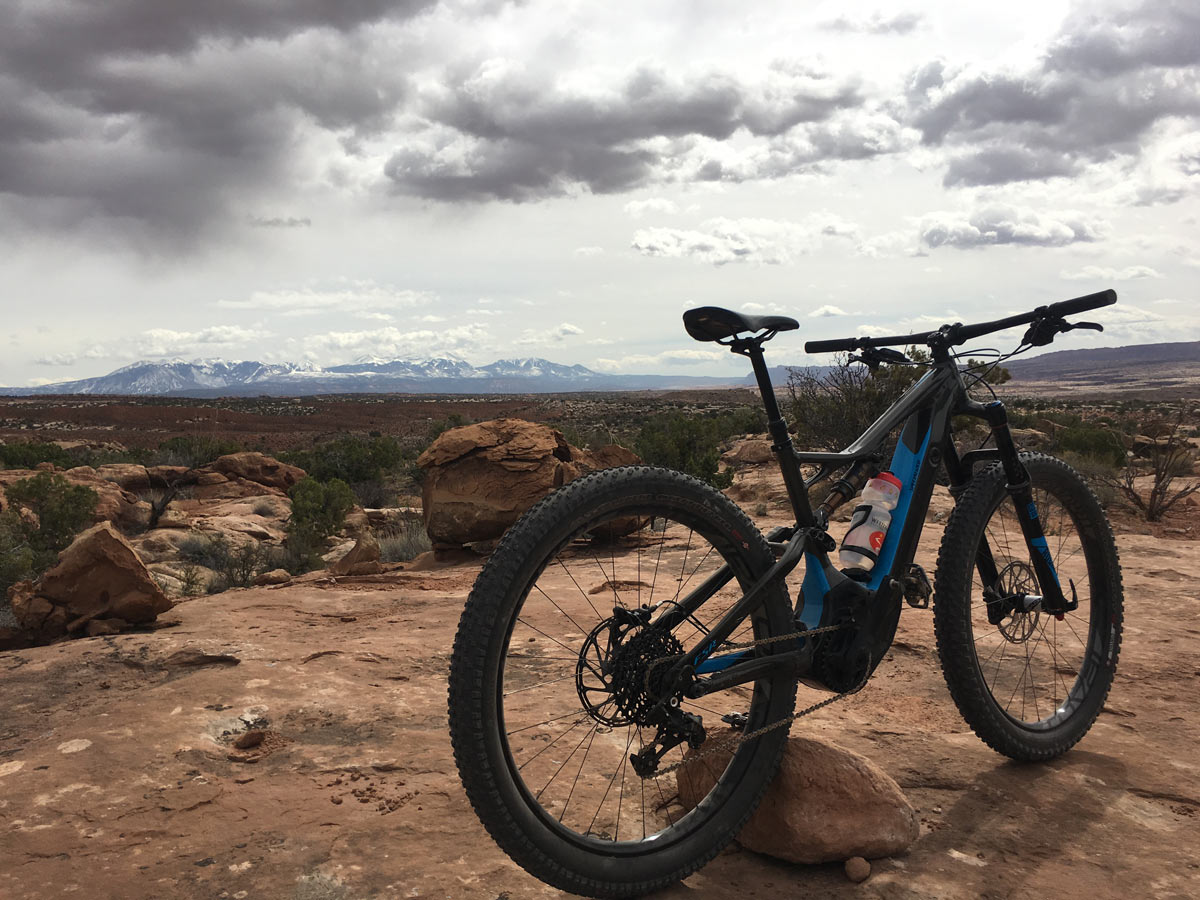How should e-MTBs be classified? Should they be managed along with non-electric bikes?That’s a popular topic for discussion when it comes to e-bikes. Many people think that dividing e-bikes into Class 1, 2, and 3 depending on their power, speed, and assist mode is the answer. Then, only certain classes would be allowed on certain trails – assuming you have the budget and manpower to police it.
As the world grapples with how to manage e-bikes, the Bureau of Land Management is proposing to amend its off-road vehicle definitions on BLM managed land to exclude e-bikes from falling under the category of an off-road vehicle. Notably, this new definition would exclude any bike that can propel the rider without pedaling. If it has any sort of throttle, where the bike can move without pedaling, it will remain classified as an off-road vehicle.
Essentially, if the amendment is approved, the rule change would likely increase the amount of areas where is it legal to use e-bikes off-road. It wouldn’t allow e-bikes on any trails or terrain where bicycles are forbidden, but it would likely open more roads and trails to e-bikes. However, it would also require a local public approval process before allowing any new eMTB access. It would also mange e-MTBs separately from non-assisted mountain bikes and bicycles.
According to IMBA’s Action Alert, improvements in the final rule could include managing Class 1,2, and 3 e-bikes separately from each other which would allow areas to prohibit use of class 2 and 3 e-bikes on natural surface, non-motorized trails, while allowing class 1.
e-Bike Classifications
Under the new rule, e-bikes would be classified as follows:
- Proposed paragraph (j)(1) describes class 1 e-bikes, which are equipped with a motor that only provides assistance when the rider is pedaling and ceases to provide assistance when the speed of the bicycle reaches 20 miles per hour.
- Proposed paragraph (j)(2) of this section describes class 2 e-bikes, which have a motor that in addition to pedal assistance, can propel the bicycle without pedaling. This propulsion and pedal assistance ceases to provide assistance when the speed of the bicycle reaches 20 miles per hour.
- Proposed paragraph (j)(3) of this section describes class 3 e-bikes, which have a motor that only provides assistance when the rider is pedaling and ceases to provide assistance when the speed of the bicycle reaches 28 miles per hour.
Where do you come in?
As the BLM considers amending its off-road vehicle regulations, it is seeking comment from any interested party. Whether you’re for e-bikes, or against ’em. The comment period is currently open, and will close on June 9, 2020.
